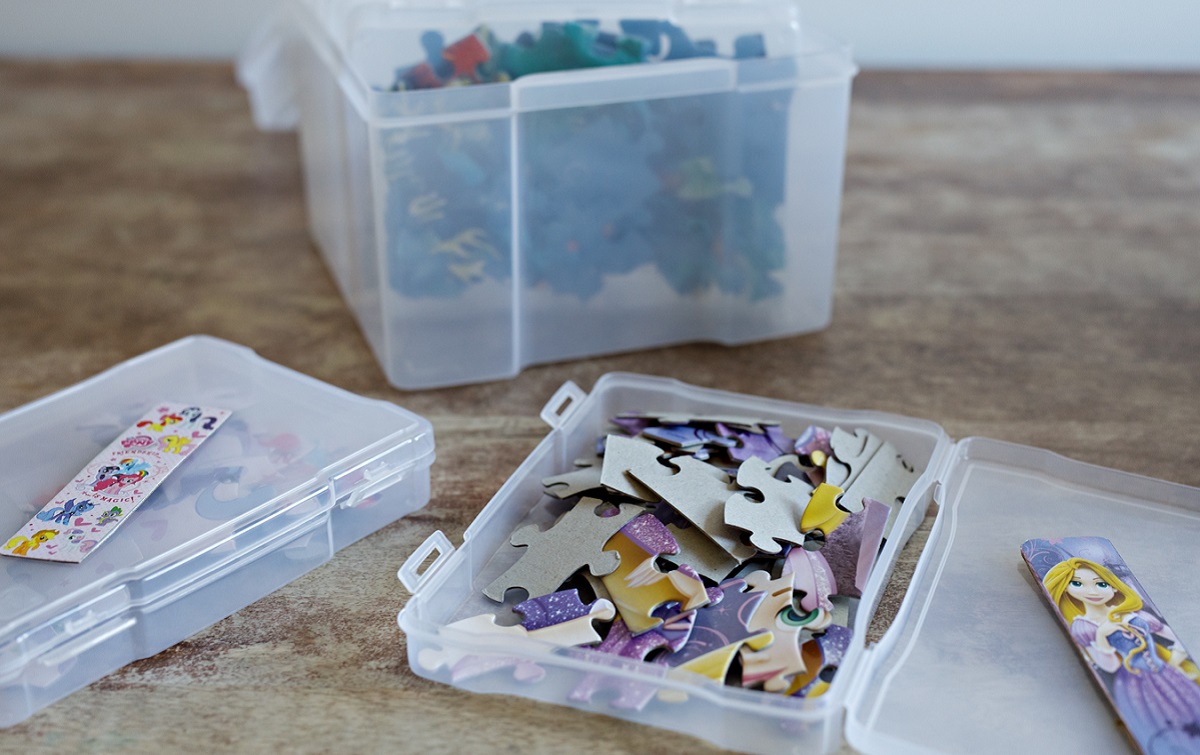

Articles
How To Store Kids Puzzles
Modified: March 2, 2024
Looking for articles on how to store kids puzzles? Find useful tips and tricks to keep your children's puzzles organized and easily accessible.
(Many of the links in this article redirect to a specific reviewed product. Your purchase of these products through affiliate links helps to generate commission for Storables.com, at no extra cost. Learn more)
Introduction
Welcome to the world of kids puzzles – a realm of imagination, problem-solving, and endless entertainment. As a parent or caregiver, you know how valuable puzzles can be in fostering your child’s cognitive development and honing their fine motor skills. But have you ever wondered how to properly store kids puzzles? It’s a question that often goes overlooked, but proper puzzle storage is essential to ensure that your child’s puzzles remain in excellent condition, ready to be enjoyed time and time again.
Why is puzzle storage so important, you may ask? Well, puzzles come in various shapes, sizes, and types, and many of them contain small, interlocking pieces that are prone to getting lost or damaged. Without proper storage, puzzles can become disorganized, pieces can get scattered, and the overall lifespan of the puzzles can be significantly reduced. By implementing the right storage solutions and taking some simple steps to maintain puzzle quality, you can ensure that your child’s puzzles stay intact, organized, and ready for their next adventure.
In this article, we will explore the importance of proper puzzle storage and provide you with practical tips and tricks to keep your kids’ puzzles in top-notch condition. From choosing the right storage solutions to sorting and organizing puzzles, we will cover it all to help you create a puzzle storage system that is both efficient and visually appealing. So, get ready to unlock the secrets of puzzle storage and discover how simple it can be to keep your child’s puzzle collection in pristine shape!
Key Takeaways:
- Proper puzzle storage is essential for preserving puzzle integrity, preventing lost pieces, and maintaining organization. Choose suitable storage solutions and involve your child in sorting and organizing their puzzle collection for an enjoyable play experience.
- Special storage considerations are necessary for puzzles with interlocking pieces. Utilize flat surfaces, puzzle mats, or puzzle boards to keep pieces intact. Encourage your child to handle puzzles with care and maintain a clean puzzle environment for long-lasting enjoyment.
Read more: How To Store Puzzle
Why is Proper Puzzle Storage Important
Proper puzzle storage is vital for several reasons. First and foremost, it ensures that your child’s puzzles remain intact and ready for use. Puzzles can be quite expensive, especially those with intricate designs or high-quality materials. By storing puzzles correctly, you can prevent them from becoming damaged, warped, or bent, thus extending their lifespan and saving you money in the long run.
Additionally, proper puzzle storage helps in maintaining the organization of your child’s puzzle collection. With proper storage solutions in place, puzzles can be easily sorted, labeled, and accessed whenever your child wants to play with them. This not only saves time but also promotes independence and self-sufficiency in your child, as they can choose and retrieve puzzles on their own.
Another benefit of storing puzzles correctly is that it helps keep all the puzzle pieces intact and prevents them from getting lost. We all know how frustrating it can be to come across a puzzle missing a crucial piece. With proper storage, you can ensure that all puzzle pieces are safely stored together, reducing the chances of losing any. This eliminates the disappointment of incomplete puzzles and encourages your child to develop a sense of responsibility in caring for their belongings.
Proper puzzle storage also allows for easy clean-up and tidying. Instead of having loose puzzle pieces scattered around, a designated storage system enables your child to quickly and neatly pack away their puzzles after each play session. This not only helps to keep the play area tidy, but it also fosters good habits of organization and cleanliness.
Lastly, proper storage solutions for puzzles can enhance the visual appeal of your child’s play area. With a well-organized and aesthetically pleasing storage system, puzzles can become a decorative element in their room or playroom. This can add a touch of charm and create an inviting space for your child to engage in imaginative play and exploration.
Overall, proper puzzle storage is crucial for preserving the condition of the puzzles, maintaining organization, preventing lost pieces, facilitating easy clean-up, and enhancing the visual appeal of the play area. By investing a little time and effort into implementing the right storage solutions, you can ensure that your child’s puzzles remain in excellent condition and continue to provide educational and entertaining experiences for years to come.
Choosing the Right Storage Solutions
When it comes to puzzle storage, selecting the right storage solutions is essential to maintain the integrity and organization of your child’s puzzle collection. Here are some factors to consider when choosing the right storage solutions:
- Size and Capacity: Assess the size of your child’s puzzles and determine the storage solutions that can accommodate them. Look for storage options that have ample space to fit different puzzle sizes, whether they are small jigsaw puzzles or larger floor puzzles.
- Compartmentalization: Opt for storage solutions that offer compartments or dividers to keep puzzle pieces separated and organized. This helps prevent pieces from getting mixed up or lost and makes it easier for your child to locate specific puzzles or pieces when they want to play.
- Accessibility: Consider storage options that allow easy access to your child’s puzzles. Look for solutions with handles or lids that are easy for little hands to open and close independently. This encourages your child’s autonomy and allows them to engage in independent play.
- Visibility: Choose storage solutions that provide clear visibility of the puzzles. Transparent storage containers or bags with clear panels allow your child to see the puzzle images without having to open each container. This makes it easier for them to select their desired puzzle and adds a visual element to the storage area.
- Stackability: If you have limited space, look for stackable storage options to maximize storage capacity. Stacking containers or shelves allow you to neatly store multiple puzzles without taking up too much floor or shelf space.
- Portability: If you often travel or like to take puzzles on the go, consider storage solutions that offer portability. Look for cases or bags with handles or straps that can safely hold puzzles during transportation, ensuring that they remain intact and organized even outside of the home.
- Quality Material: Opt for storage solutions made from durable materials that can withstand regular use. Ensure that the containers or bags are sturdy, waterproof, and tear-resistant to protect the puzzles from dust, moisture, and accidental damage.
By considering these factors, you can select the storage solutions that best suit your needs and ensure that your child’s puzzles are stored in a safe, organized, and accessible manner. Remember, effective puzzle storage not only helps preserve the puzzles but also promotes a hassle-free and enjoyable play experience for your child.
Sorting and Organizing Puzzles
Once you have chosen the right storage solutions for your child’s puzzles, the next step is to sort and organize the puzzles effectively. By implementing a systematic approach, you can make it easier for your child to find and enjoy their puzzles. Here are some tips for sorting and organizing puzzles:
- Sort by Age or Difficulty: Consider sorting puzzles based on your child’s age or difficulty level. This allows you to select puzzles that are appropriate for their stage of development and offers them a range of challenges that align with their skills. You can create separate sections or bins for different age groups or difficulty levels.
- Group by Theme or Type: If your child has a collection of puzzles that revolve around specific themes (e.g., animals, vehicles, nature) or types (e.g., jigsaw puzzles, magnetic puzzles), consider grouping them together. This makes it easier for your child to select puzzles according to their interests or preferences.
- Label or Index: To enhance organization, consider labeling or indexing the storage containers or shelves. Use sticky notes, labels, or index cards to indicate the contents of each storage unit. This allows both you and your child to quickly locate specific puzzles or puzzle types without having to open each container.
- Separate Loose Pieces: If you have puzzles with missing or loose pieces, it’s best to separate them from the complete puzzles. Use small zip-top bags or clear plastic containers to keep loose pieces together and label them with the corresponding puzzle’s name or number. This way, you can keep track of the missing pieces and potentially find or replace them in the future.
- Create a Display Area: If you have the space, consider creating a display area for your child’s favorite or completed puzzles. Frame completed puzzles and hang them on the wall or use easels to showcase them. This not only adds a decorative touch to the play area but also allows your child to feel a sense of accomplishment and pride in their completed puzzles.
- Rotate Puzzles: To keep things fresh and maintain your child’s interest in their puzzle collection, consider rotating puzzles every so often. Store some puzzles out of sight and periodically swap them with the ones on display or in use. This keeps the play area exciting and introduces a variety of puzzles over time.
By implementing these sorting and organizing strategies, you can ensure that your child’s puzzle collection remains neatly organized, easily accessible, and visually appealing. Additionally, involving your child in the sorting and organizing process can encourage their sense of responsibility and ownership over their puzzles.
Store kids puzzles in a clear plastic container with a secure lid to keep all the pieces together. Label the container with the puzzle’s name and piece count for easy identification.
Storing Puzzles with Interlocking Pieces
Puzzles with interlocking pieces require special attention when it comes to storage to prevent pieces from getting disconnected or damaged. Here are some tips for storing puzzles with interlocking pieces:
- Flat Surface: When not in use, store completed puzzles on a flat surface to keep the pieces intact. You can use a large piece of cardboard or a puzzle mat specifically designed for this purpose. This prevents the puzzle from being accidentally bumped or disturbed, ensuring that the interlocking pieces stay connected.
- Puzzle Mat: Invest in a puzzle mat if you frequently work on puzzles with interlocking pieces. A puzzle mat allows you to roll up your unfinished puzzle, with the pieces still connected, and store it without worrying about pieces coming loose. When you’re ready to continue, simply unroll the mat, and the puzzle will remain intact and ready for completion.
- Puzzle Boards: Another option is to use puzzle boards, which are specially designed boards that have a felt-like surface to hold puzzle pieces in place. You can work on your puzzle directly on the puzzle board and then store it by sliding it into a protective sleeve or bag. Puzzle boards are a convenient way to keep interlocking pieces intact and organized.
- Puzzle Rollers: Puzzle rollers are cylindrical tubes that allow you to roll up your finished or unfinished puzzle, maintaining the interlocking pieces. These rollers usually come with straps or securing mechanisms to keep the puzzle tightly rolled. Puzzle rollers are a great storage solution for larger puzzles or when space is limited.
- Sealable Bags or Containers: For puzzles with loose pieces or puzzles in progress, consider using sealable bags or containers. These can help you keep the pieces organized and prevent them from getting lost. Label the bags or containers with the puzzle’s name or number to easily identify the contents.
- Separate Puzzles: If you have multiple puzzles with interlocking pieces, it’s important to store them separately. Mixing puzzles can cause pieces to get mixed up or lost. Use individual puzzle storage containers or sealable bags to keep each puzzle separate and clearly labeled.
- Avoid Extreme Temperatures: Interlocking puzzle pieces are typically made of cardboard, which can be susceptible to damage from extreme temperatures. Avoid storing puzzles in areas with high humidity or direct sunlight, as this can cause warping or fading of the puzzle pieces.
By following these storage tips, you can ensure that puzzles with interlocking pieces remain intact, organized, and ready for future enjoyment. With the right storage solutions, you can preserve the integrity of the puzzle pieces and keep the puzzles in excellent condition.
Read more: How To Store Toddler Puzzles
Tips for Maintaining Puzzle Quality
Maintaining the quality of your child’s puzzles is essential to ensure their long-term durability and enjoyment. Here are some tips to help you in preserving the quality of your child’s puzzles:
- Handle with Care: Teach your child to handle puzzles with care, especially when removing or inserting puzzle pieces. Rough handling can lead to bent or damaged pieces. Encourage them to use a gentle touch and avoid forcefully pushing or pulling pieces in and out of the puzzle.
- Work on a Clean Surface: Before starting a puzzle, ensure that the surface is clean and free from debris or objects that could potentially damage the puzzle pieces. Remove any sharp objects or liquids that could cause harm to the puzzle or its pieces.
- Wash Hands Beforehand: Encourage your child to wash their hands thoroughly before working on puzzles. This helps eliminate dirt, oil, and grease that can transfer onto the puzzle pieces, potentially damaging the images or causing them to become sticky.
- Store Puzzles Properly: As mentioned earlier, proper puzzle storage is crucial for maintaining their quality. Always store puzzles in a dry and cool environment to avoid exposure to moisture or extreme temperature fluctuations. This helps prevent the puzzle pieces from warping or deteriorating over time.
- Keep Puzzles Away from Pets: If you have pets, it’s advisable to keep puzzles out of their reach. Chewing or scratching by pets can damage the puzzle pieces or the overall structure of the puzzle. Ensure that puzzles are stored in a location inaccessible to curious pets.
- Inspect Puzzles Regularly: Periodically inspect your child’s puzzles for any signs of wear or damage. Check for loose pieces, torn edges, or missing parts. If you come across any issues, address them promptly. Repair or replace damaged puzzles to prevent the condition from worsening or affecting the overall puzzle experience.
- Use Puzzle-Safe Glue: If you have completed a favorite puzzle that you want to preserve, consider using puzzle-safe glue to secure the pieces together. Puzzle glue is specially formulated to bond puzzle pieces without causing damage. Follow the instructions on the glue packaging carefully to ensure proper application.
- Rotate Puzzles: To minimize wear and tear on individual puzzles, rotate their usage. Instead of repeatedly working on the same puzzle, alternate between different puzzles in your child’s collection. This helps distribute the wear evenly and keeps the puzzles looking and feeling fresh.
- Avoid Liquid Cleaners: When it comes to cleaning puzzles, it’s best to avoid using liquid cleaners or submerging the puzzle pieces in water. Instead, use a soft, dry cloth or a slightly damp cloth to gently wipe the surface of the puzzle if needed. Allow the pieces to air dry completely before storing them.
By following these tips, you can maintain the quality and longevity of your child’s puzzles. Taking proactive measures to preserve the puzzles ensures that they can be enjoyed for years to come, providing countless hours of educational and entertaining fun.
Conclusion
Congratulations! You have now gained valuable insights into the importance of proper puzzle storage and how to maintain the quality of your child’s puzzle collection. By implementing the tips and strategies discussed in this article, you can ensure that your child’s puzzles remain in excellent condition, ready to be enjoyed time and time again.
Proper puzzle storage is crucial for preserving the integrity of the puzzles, preventing lost pieces, and maintaining organization. Choose storage solutions that are suitable for your child’s puzzle collection, considering factors such as size, compartmentalization, accessibility, and visibility. With the right storage solutions, you can keep puzzles organized and easily accessible.
Sorting and organizing puzzles play a significant role in enhancing the puzzle experience for your child. Group puzzles based on age, difficulty, theme, or type, and label or index the storage containers for quick and efficient retrieval. Creating a display area for completed or favorite puzzles adds a decorative touch to the play area and instills a sense of pride in your child.
When it comes to puzzles with interlocking pieces, special storage considerations are necessary. Utilize flat surfaces, puzzle mats, puzzle boards, or puzzle rollers to keep the interlocking pieces intact and prevent damage. Separate puzzles with loose pieces and store them securely in sealable bags or containers.
To maintain the quality of puzzles, remind your child to handle them with care and work on a clean surface. Store puzzles in a dry and cool environment, away from pets, and regularly inspect them for any signs of wear or damage. Using puzzle-safe glue for preserving completed puzzles and rotating puzzle usage can also contribute to their longevity.
In conclusion, your efforts in proper puzzle storage and maintenance will pay off in the long run. Your child’s puzzle collection will remain in pristine condition, providing them with endless opportunities for learning, problem-solving, and imaginative play.
So, let’s embark on this puzzle adventure by implementing these tips and ensuring that your child’s puzzles are well-organized, protected, and ready for countless hours of educational and enjoyable playtime!
Frequently Asked Questions about How To Store Kids Puzzles
Was this page helpful?
At Storables.com, we guarantee accurate and reliable information. Our content, validated by Expert Board Contributors, is crafted following stringent Editorial Policies. We're committed to providing you with well-researched, expert-backed insights for all your informational needs.
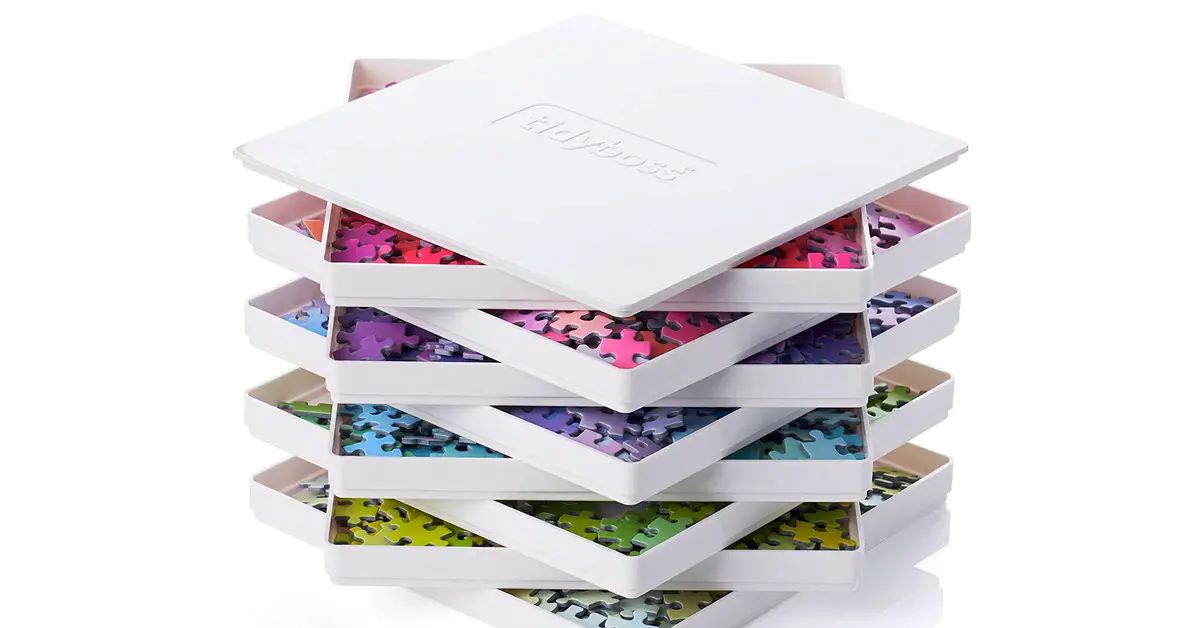
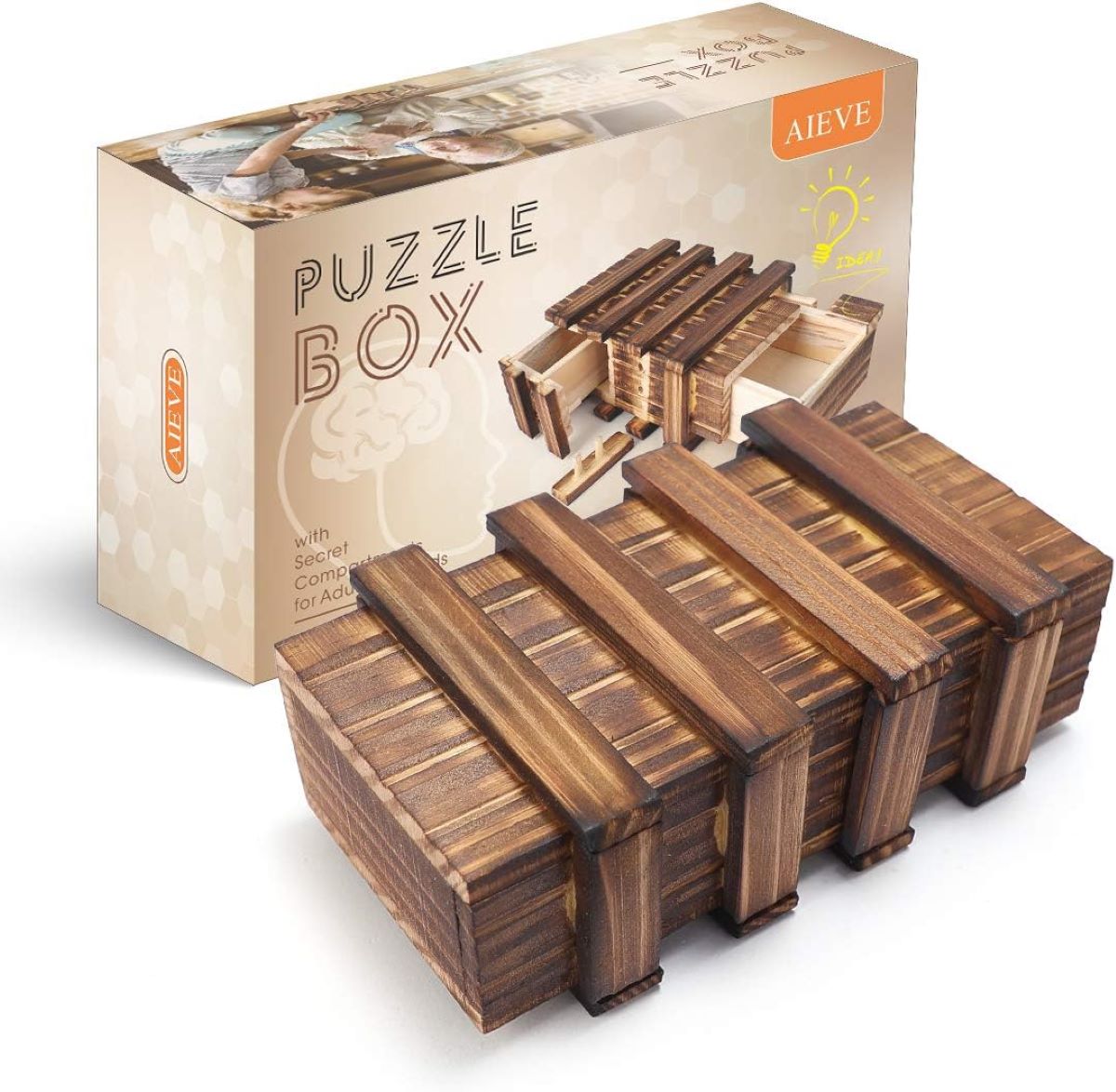
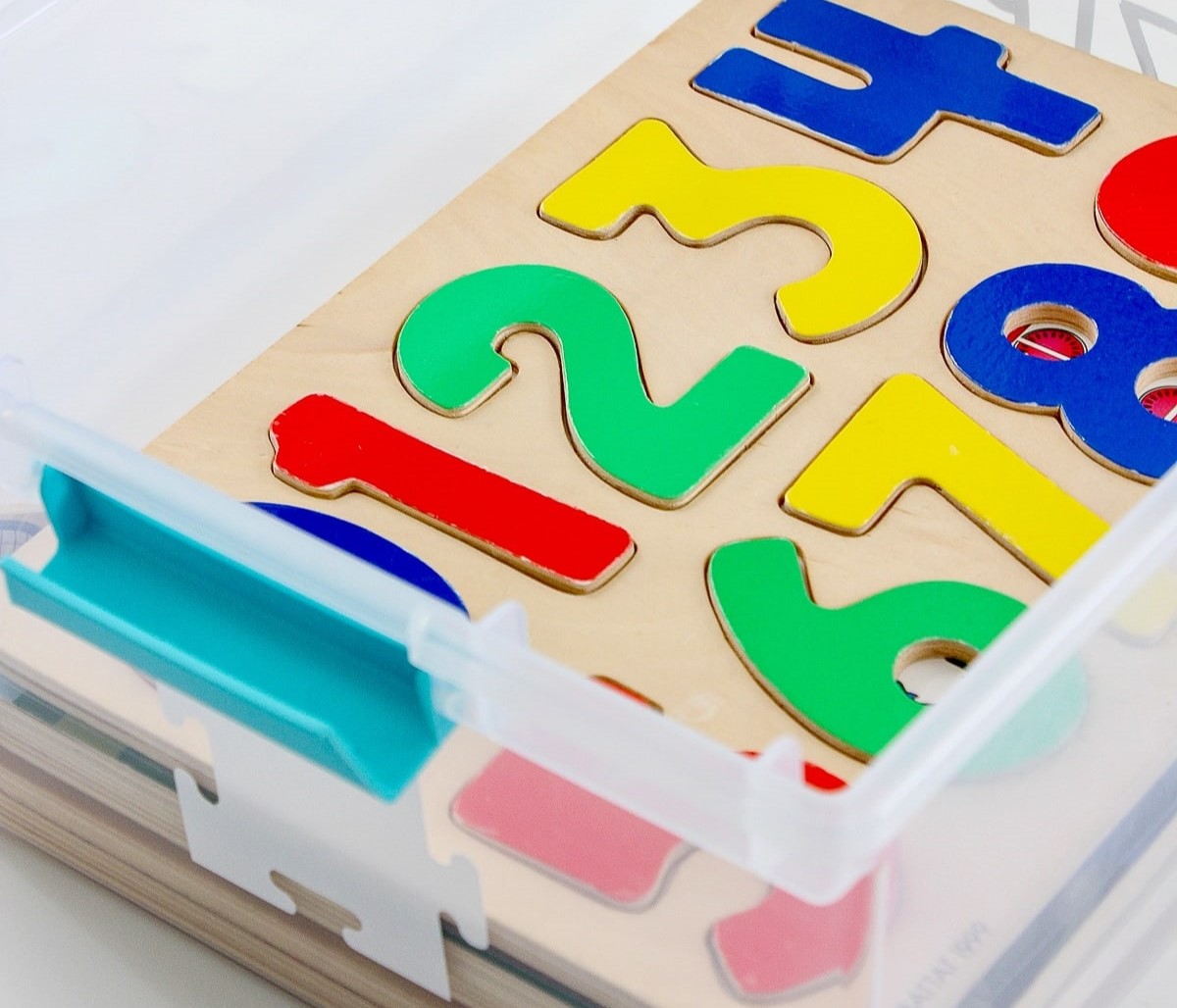
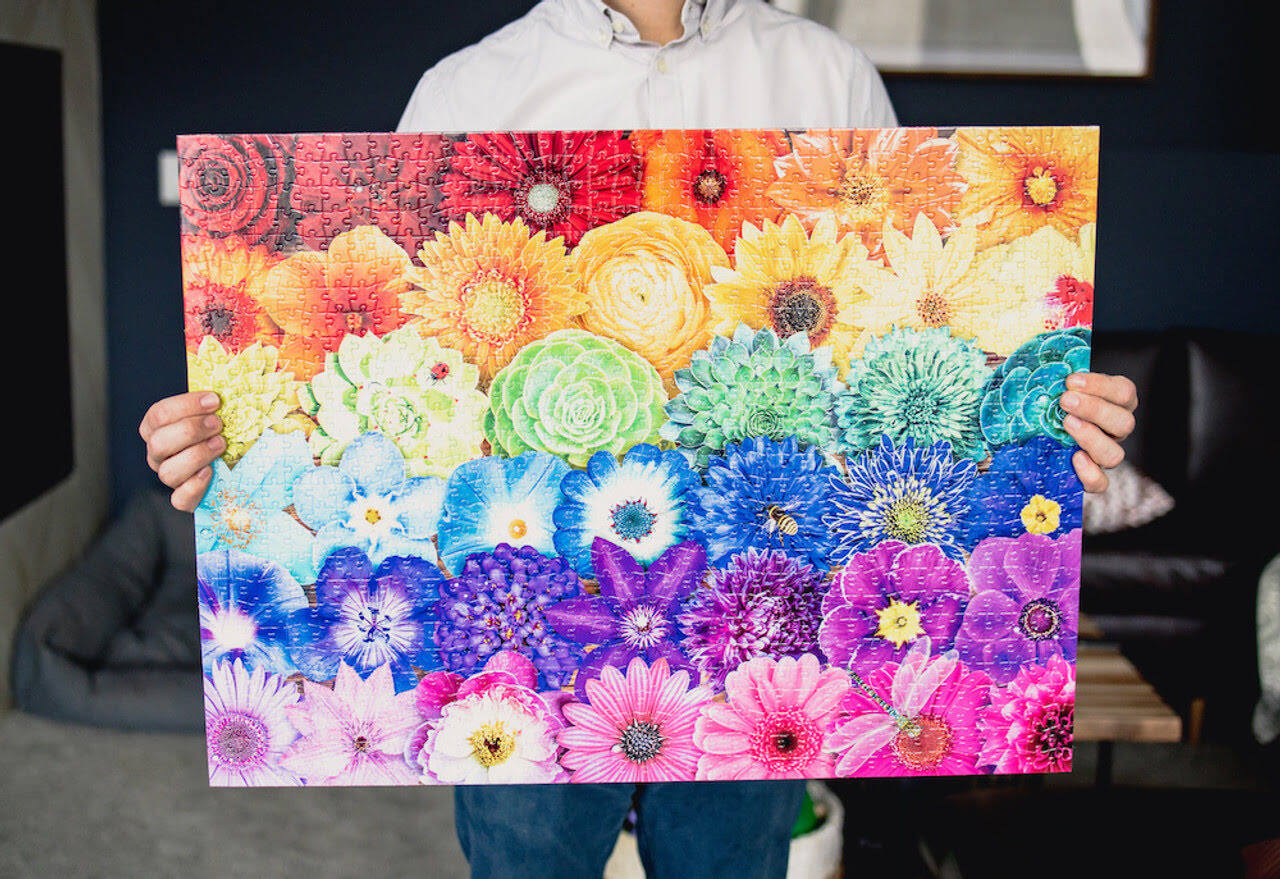
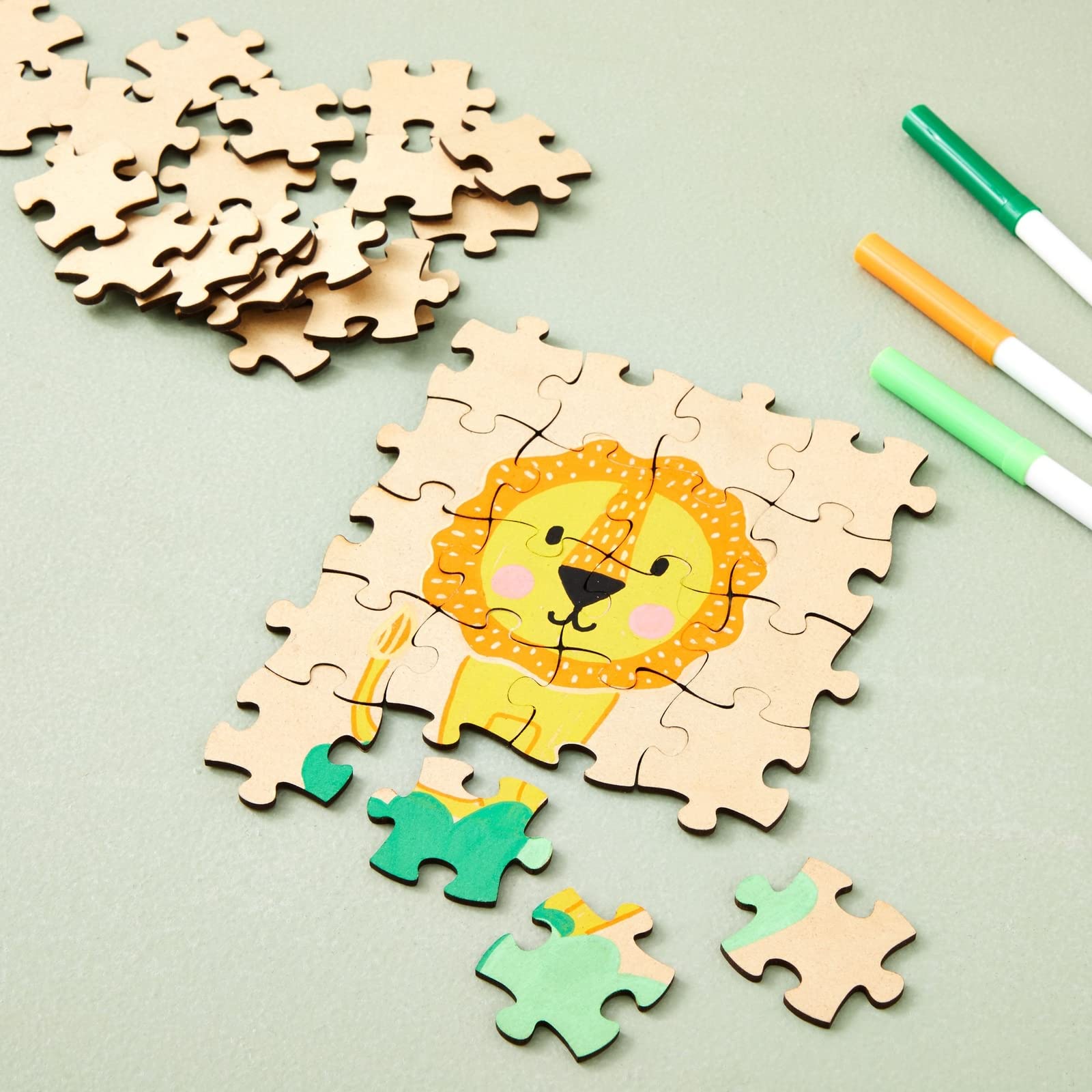
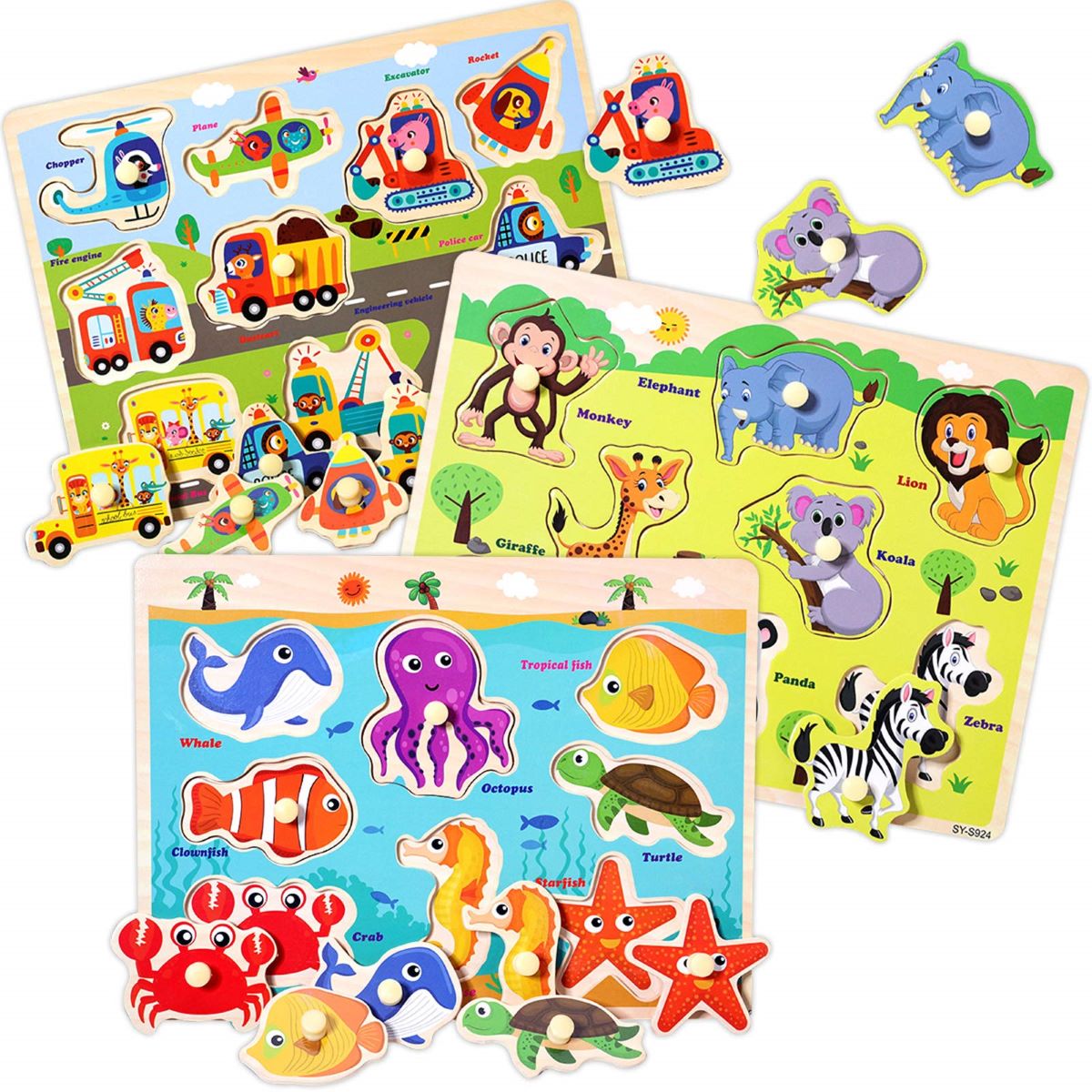
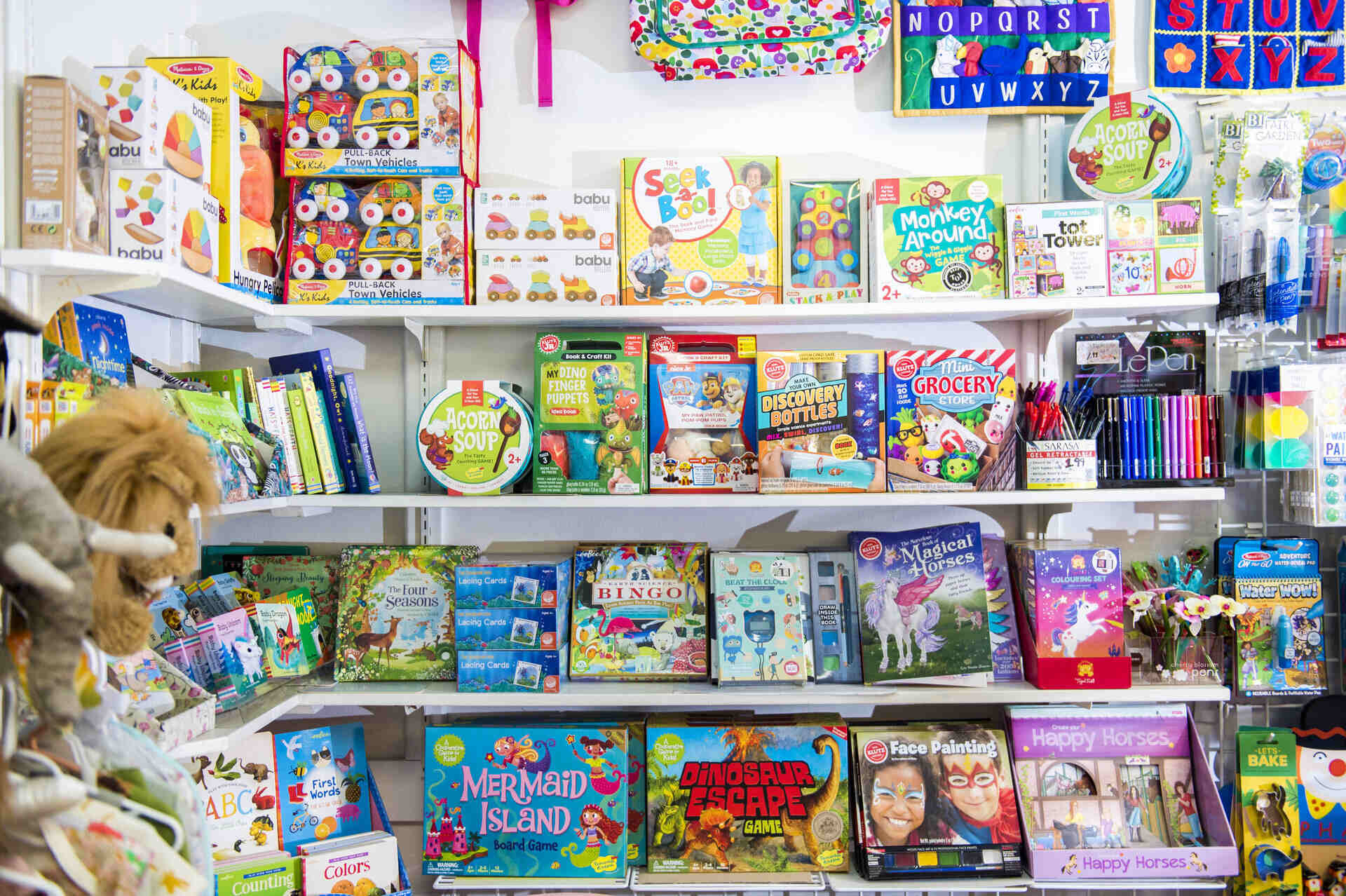
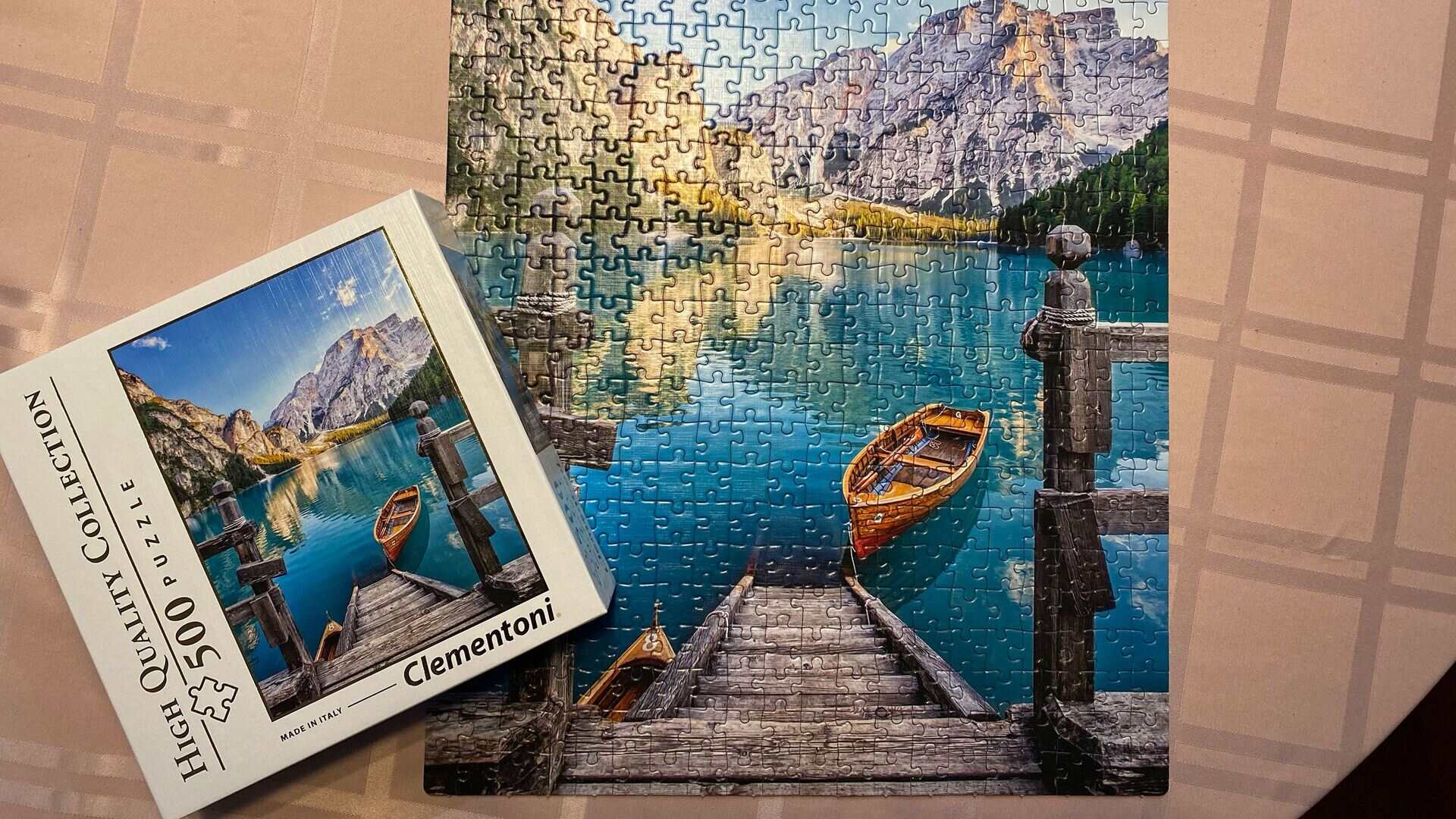
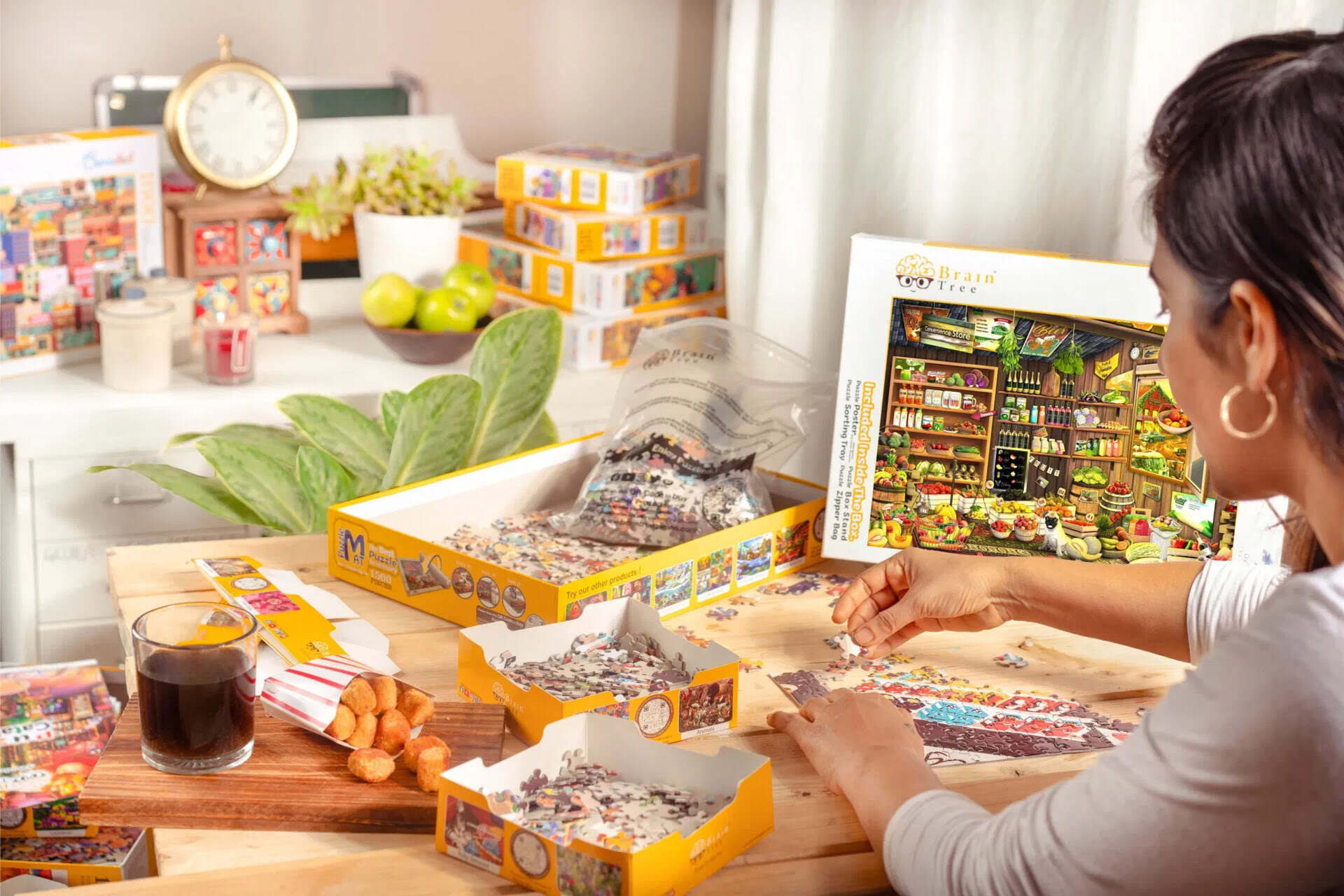
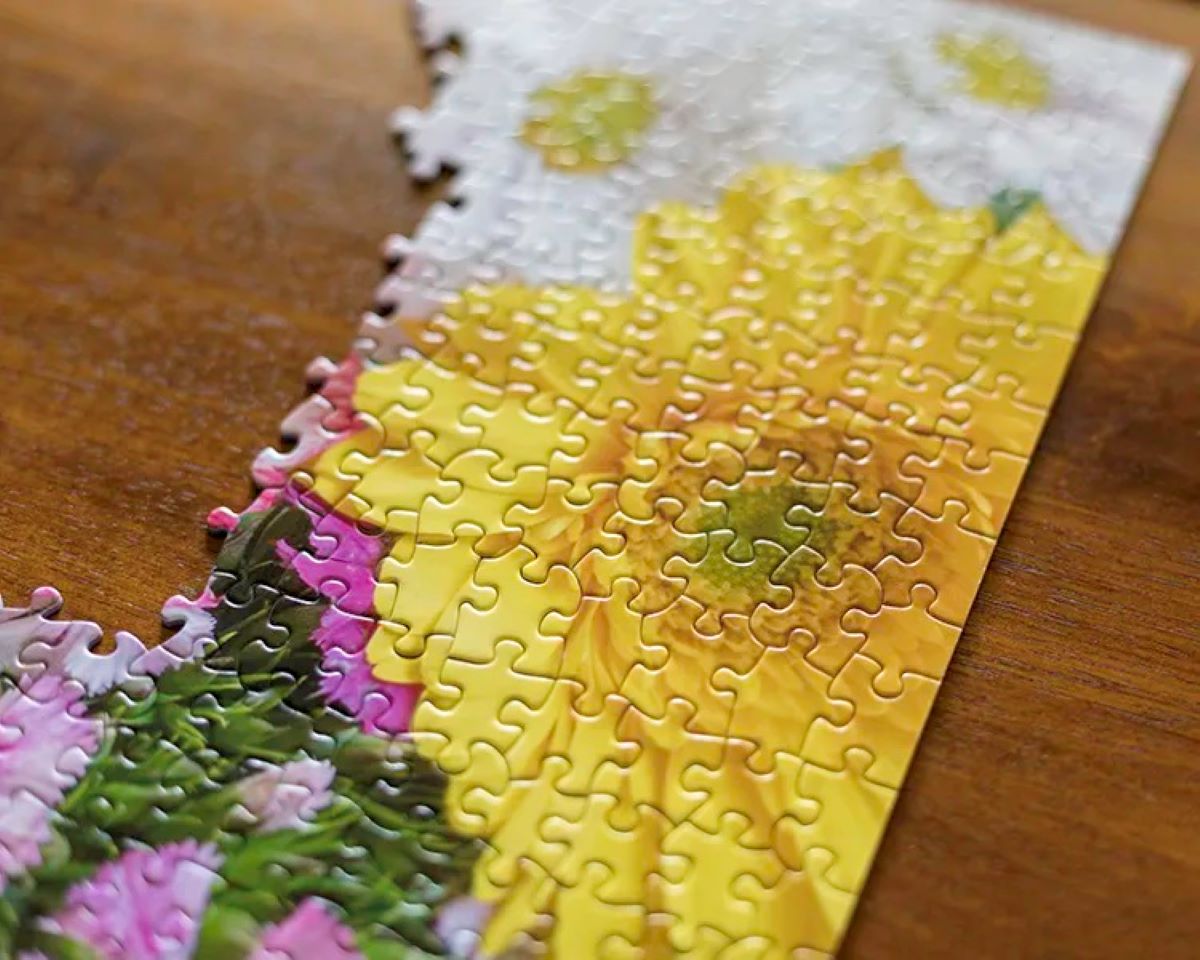
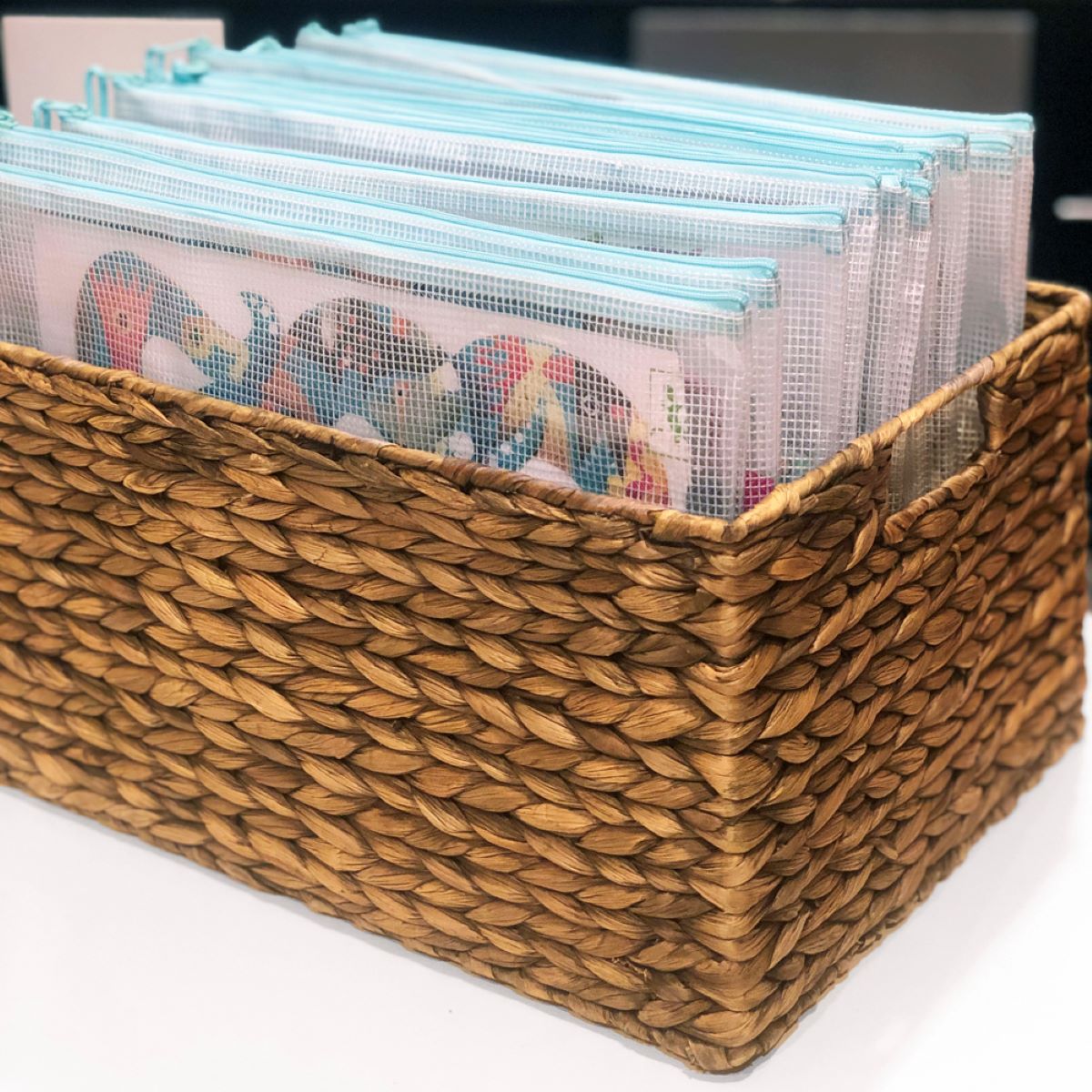
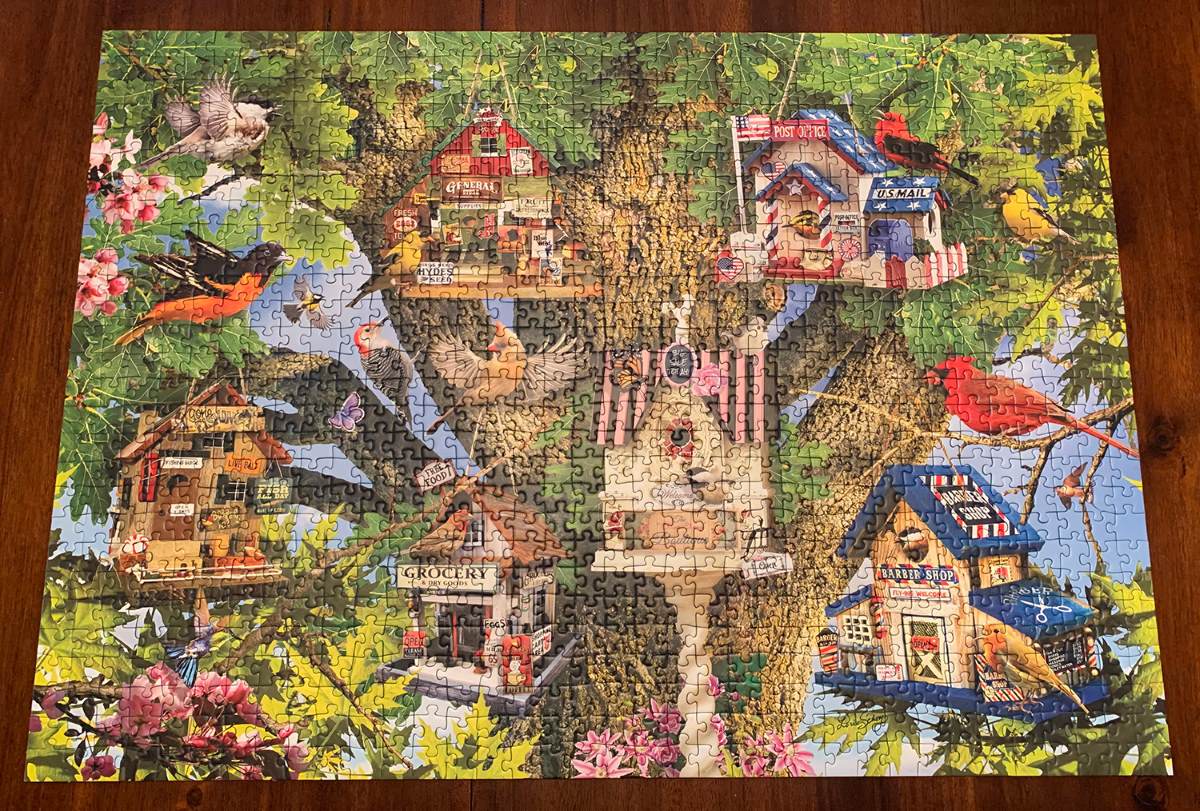
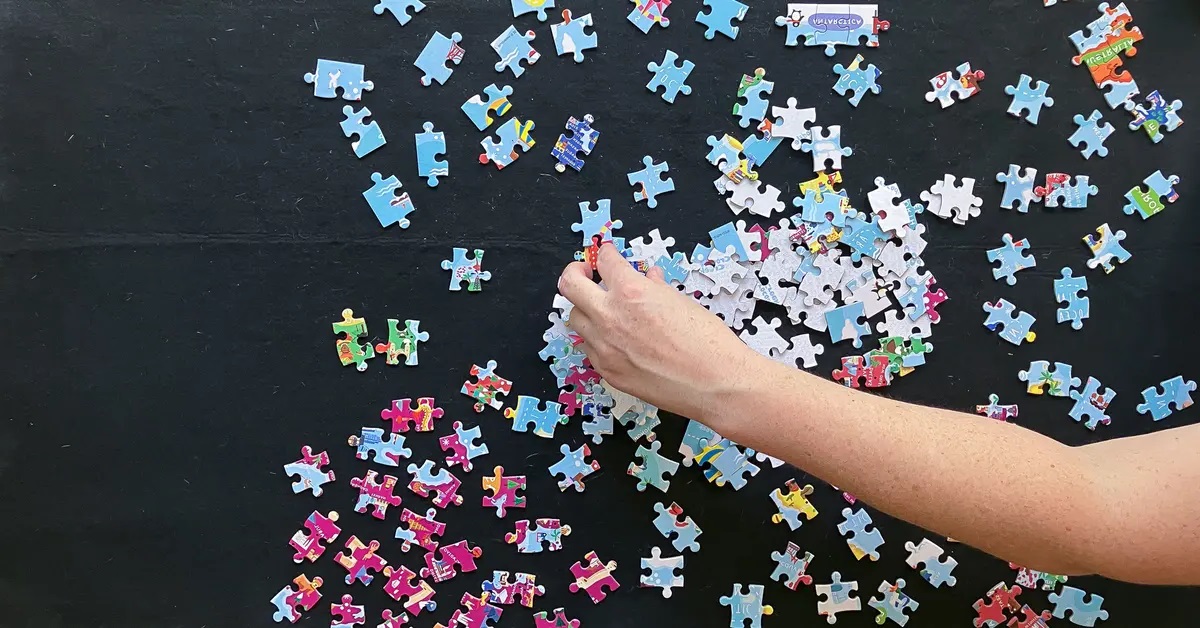


0 thoughts on “How To Store Kids Puzzles”